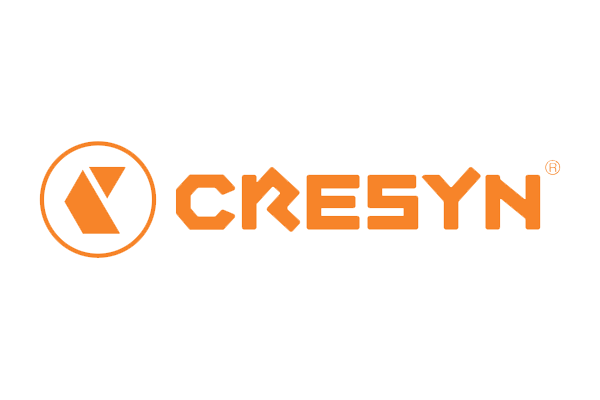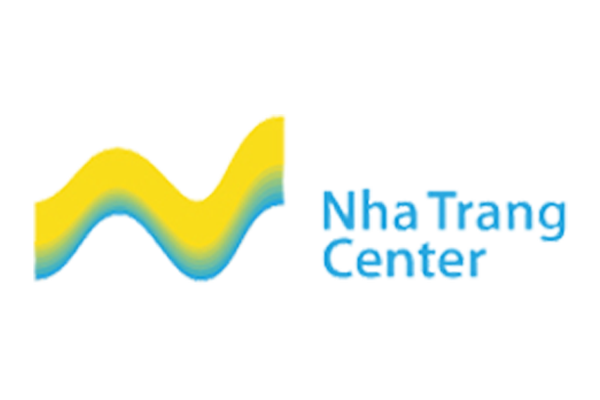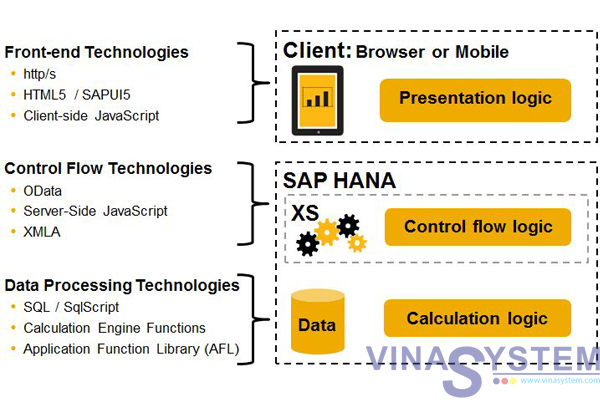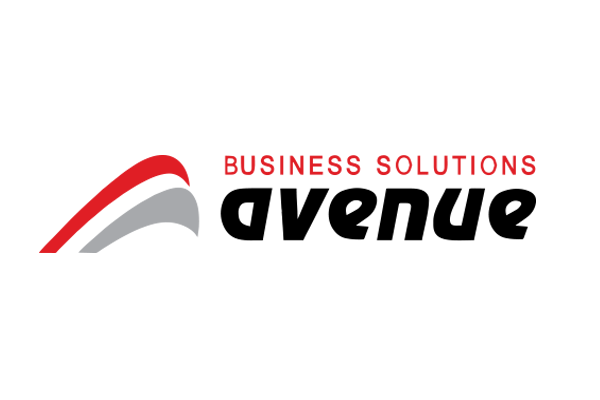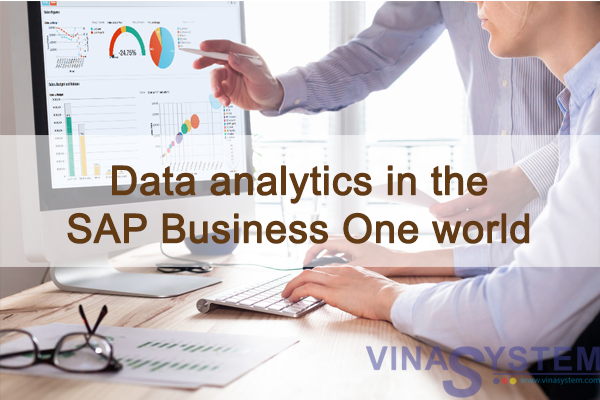
Những điều bạn cần biết về phân tích dữ liệu trong SAP Business One (Phần 1)
Part 1 - The Basic Questions You Need to Answer
One of the names for core ERP systems that you may have come across is “systems of record.” Here's a definition of the term from Wikipedia:
A system of record (SOR) or source system of record (SSoR) is a data management term for an information storage system (commonly implemented on a computer system running a database management system) that is the authoritative data source for a given data element or piece of information. The need to identify systems of record can become acute in organizations where management information systems have been built by taking output data from multiple source systems, re-processing this data, and then re-presenting the result for a new business use.
In these cases, multiple information systems may disagree about the same piece of information. These disagreements may stem from semantic differences, differences in opinion, use of different sources, differences in the timing of the extract, transform, load processes that create the data they report against, or may simply be the result of bugs.
The integrity and validity of any data set is open to question when there is no traceable connection to a good source, such as a known System of Record. Where the integrity of the data is vital, if there is an agreed system of record, the data element must either be linked to, or extracted directly from it. In other cases, the provenance and estimated data quality should be documented.
The "system of record" approach is a good fit for environments where both:
- there is a single authority over all data consumers, and
- all consumers have similar needs
In diverse environments, one instead needs to support the presence of multiple opinions. Consumers may accept different authorities or may differ on what constitutes an authoritative source -- researchers may prefer carefully vetted data, while tactical military systems may require the most recent credible report.
This is because when it comes to the information about transactions that have an impact on the business, the ERP system is where they are kept.
There’s a good chance that you use that system of record personally. Maybe you enter sales transactions, you are responsible for purchasing or you use an expense entry system to get your day-to-day expenses processed.
No matter how you use it, you’ll know that system is full of information and that’s why so many organizations like yours look at business intelligence, analytics and reporting software as the answer to getting more value from that data.
So, I hear you ask, what is the best solution when it comes to getting that “value” from the information in your SAP Business One deployment?
The core criteria for shortlisting or selecting a solution
It comes back to a couple of core characteristics that you’ll need to factor in to your decision-making process.
1. Data Access
2. Design Tools
3. Deployment
4. Time to Value
Data Access. The first area to think about is how easily you can access the data inside your ERP solution. Does the application allow you to connect to the database without adding additional software or do you need to tie yourself in knots to be able to get to the data and importantly, do you need to spend a huge amount of money to get that done?
Design Tools. Now that you have the data access question answered, the next question is whether or not you have to be a data scientist or UX (user experience) expert to be able to actually turn the data into a usable format that helps you make better decisions. Make sure you tick the box that it’s easy to design and build your own dashboards and do your own queries.
Deployment. Cloud or not seems to be the question of the day and the ideal solution should allow you to take advantage of the best of both worlds — not have to make a deployment choice. By the same token, for most businesses the advantage of cloud solutions is tied to the subscription or SaaS model where you are not paying a huge chunk of money up front but paying per user per month.
Time to Value. So, you have answered the top 3 questions, but there’s still the most important one to answer: will you get the value you expect that justifies the money you have spent — and how long will it take to get that return on your investment?
And, when you know what you want, how do you bring it all together and are there products out there that answer all those questions?
We’ll take a look at that in this series of articles.
Source: Richard Duffy | CEO and Founder at SMB Cloud Solutions - Brewing and Distillery Technology Solutions



